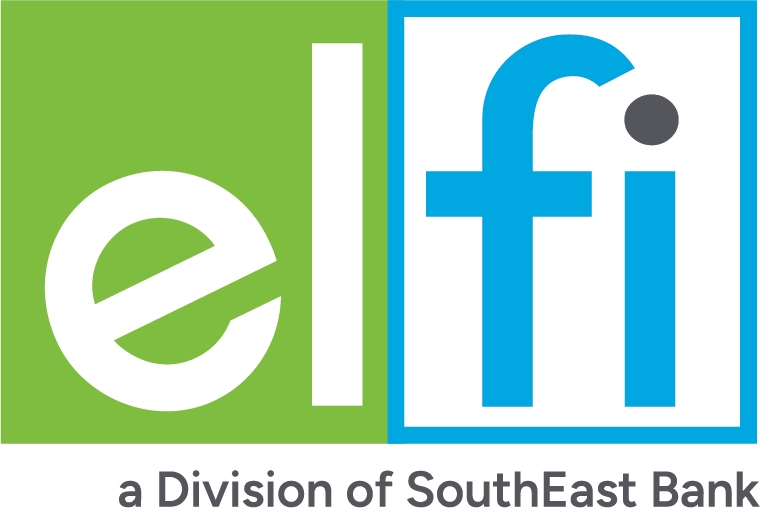Guide to Grants for College
Grants are offered by the federal government, states and colleges to help lower-income students pay for school.

Many, or all, of the products featured on this page are from our advertising partners who compensate us when you take certain actions on our website or click to take an action on their website. However, this does not influence our evaluations. Our opinions are our own. Here is a list of our partners and here's how we make money.
College grants are a type of need-based financial aid that you don’t need to pay back. You can get grants from the federal government, state governments and your college.
Grants are a particularly valuable tool for lower-income families: 70% of families making less than $50,000 reported using grants to pay for college, compared to 42% of families earning more than $150,000, according to a 2024 Sallie Mae report.
Here’s what you need to know about this powerful (and free) source of financial aid.
How to find a college grant
You can get grants from the federal government, your state and your college. Fill out the Free Application for Federal Student Aid (FAFSA), along with any financial aid forms specific to your state each year you’re in school to be eligible for these awards.
Advertisement



Student loans from our partners

on College Ave website
College Ave 

Best for payment flexibility
Fixed APR
2.89-17.99%
Min. credit score
Mid-600s

on Sallie Mae website
Sallie Mae 

Fixed APR
2.89-17.49%
Min. credit score
Mid-600's

on SoFi® website
SoFi® 

Fixed APR
3.18-15.99%
Min. credit score
Mid-600s
Types of federal grants for college
Consider these three common college grants offered by the U.S. government.
Pell Grant
This is the Education Department's largest federal grant program. The 2025-26 Pell Grant maximum is $7,395, but the actual amount you'll receive depends on your financial need and your school's cost of attendance. Unlike some grants, you’ll get as much Pell Grant money as you qualify for — within the lifetime limit — regardless of the other types of aid you receive.
If one of your parents died while serving in Iraq or Afghanistan on or after September 11, 2001, you’re also eligible for the maximum Pell Grant award of $7,395.
Federal Supplemental Education Opportunity Grant
Known as FSEOG, this campus-based aid program offers students between $100 and $4,000 per year. Each recipient's grant depends on the school, financial need and the other financial aid received. Not all schools participate in this program, so check with your school's financial aid office if you think you'll qualify.
Teacher Education Assistance for College and Higher Education Grant
The TEACH Grant is a need-based grant program for students pursuing degrees in education. You can get up to $4,000 a year through this program.
To maintain your TEACH Grant, you have to work in a high-need field or at a low-income school for at least four years in an eight-year period after graduation. If you don’t, the grant turns into a direct unsubsidized loan that you must repay. Because the loan is unsubsidized, it will include interest that accumulated while you were in school.
How to find a state grant for college
Many states offer college grant programs for its residents. This online tool from the National Association of Student Financial Aid Administrators can help you find the agency that distributes your state’s grants.
To be eligible for grants, most states require that you fill out the FAFSA. Some — including Pennsylvania, New Jersey and New York — have an additional state-specific financial aid application you must fill out.
» MORE: College financial aid by state
College grants vs. scholarships
Both grants and scholarships are types of financial aid that you don’t have to repay. You’ll often hear the terms used interchangeably, and both are known as “gift aid.” They come from various sources, including governments, colleges and private organizations.
But there’s one notable difference: Grants tend to be need-based, while scholarships are often merit-based. If you don’t have strong financial need, scholarships could help you pay for school.
The distinction can sometimes be confusing, as some organizations offer scholarships that have a need-based component. What's more important is that you pay attention to each grant’s or scholarship’s requirements when you apply.
» COMPARE: How is a student loan different from a scholarship?
Steps to apply for college grants
You can qualify for a variety of grants with minimal effort. Here’s a step-by-step guide:
- Submit the FAFSA to apply for federal grants and other aid, including work-study programs and federal loans. Fill it out as soon as possible, because some schools award aid on a first-come, first-served basis.
- Search for private grants and scholarships using the U.S. Department of Labor's free scholarship search tool.
- Review your financial aid award letter from each school you're considering. Each letter will list the grants, scholarships, work-study programs and loans you’re eligible for. Accept all the grants and scholarships you’re offered before taking out any student loans.
Article sources
NerdWallet writers are subject matter authorities who use primary,
trustworthy sources to inform their work, including peer-reviewed
studies, government websites, academic research and interviews with
industry experts. All content is fact-checked for accuracy, timeliness
and relevance. You can learn more about NerdWallet's high
standards for journalism by reading our
editorial guidelines.
Related articles
AD
A Better Student Loan Experience. Cover 100% of School Costs — Rates From 2.89% APR.
Get my Rate
on College Ave's website

AD

A Better Student Loan Experience. Cover 100% of School Costs — Rates From 2.89% APR.
- Apply in less than 3 minutes;
- Rates starting at 2.89% APR;
- No application, origination, or prepayment fees;
- Flexible repayment options, including deferred or immediate.

Get my Rate
on College Ave's website












